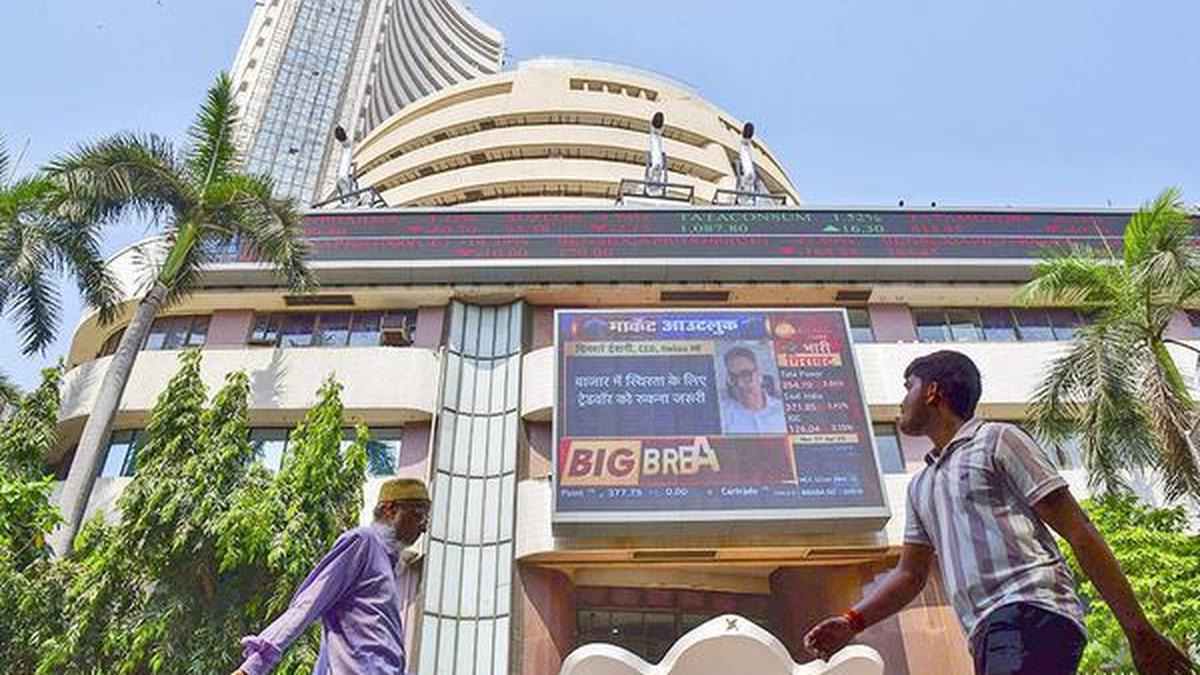- March 14, 2023
The Silicon Valley Bank Crisis Explained in 7 Simple Points
Silicon Valley Bank and Signature Bank failed so swiftly that they may have been textbook examples of traditional bank runs, in which a large number of depositors take their funds from a bank at the same time. With the fall of Washington Mutual in 2008, the failures at SVB and Signature were two of the three largest in US banking history, explains a report by Conversation.
News18 Explains the SVB Crash in 7 Simple Points:
1. As per a report by CNN, during the period of near-zero interest rates, SVB invested billions of dollars on US government bonds. What appeared to be a safe investment quickly unravelled as the Federal Reserve aggressively raised interest rates to combat inflation.
Bond prices decline when interest rates rise, hence the rate increase undermined the value of SVB’s bond holdings. According to Reuters, the portfolio was yielding an average of 1.79% last week, well below the 10-year Treasury yield of roughly 3.9%.
At the same time, the Fed’s rate hikes increased borrowing costs, forcing tech businesses to devote more funds to debt repayment. At the same time, they were having difficulty raising new venture capital money. Companies were forced to use SVB deposits to fund operations and growth, the report said.
2. While SVB’s issues may be traced back to prior investment mistakes, CNN reports, the bank’s run was precipitated on Wednesday when the lender disclosed that it had sold a slew of securities at a loss and would sell $2.25 billion in new shares to plug a hole in its finances. Customers were panicked, and they withdrew enormous sums of money.
The bank’s stock fell 60% on Thursday, dragging down rival bank shares as investors began to fear a replay of the global financial catastrophe a decade and a half ago.
3. Trading in SVB shares had ceased by Friday morning, and the company had abandoned efforts to raise funds or find a buyer. California regulators stepped in, closing the bank and placing it in receivership under the Federal Deposit Insurance Corporation, which normally entails liquidating the bank’s assets to repay depositors and creditors.
4. To understand this better, let’s understand what liquidity risk is. Liquidity risk is the risk that a bank won’t be able to meet its obligations when they come due without incurring losses.
For example, if you spend US$150,000 of your savings to buy a house and down the road you need some or all of that money to deal with another emergency, according to the Conversation, you’re experiencing a consequence of liquidity risk. A large chunk of your money is now tied up in the house, which is not easily exchangeable for cash.
Customers of SVB were withdrawing their deposits beyond what it could pay using its cash reserves, and so to help meet its obligations the bank decided to sell $21 billion of its securities portfolio at a loss of $1.8 billion. The drain on equity capital led the lender to try to raise over $2 billion in new capital.
5. The call to raise equity sent shockwaves to SVB’s customers, who were losing confidence in the bank and rushed to withdraw cash. A bank run like this can cause even a healthy bank to go bankrupt in a matter days, especially now in the digital age.
In part this is because many of SVB’s customers had deposits well above the $250,000 insured by the Federal Deposit Insurance Corp. – and so they knew their money might not be safe if the bank were to fail. Roughly 88% of deposits at SVB were uninsured, the report said.
Signature faced a similar problem, as SVB’s collapse prompted many of its customers to withdraw their deposits out of a similar concern over liquidity risk. About 90% of its deposits were uninsured.
6. Is This Systemic Risk? The Conversation says in its report that all banks face interest rate risk today on some of their holdings because of the Fed’s rate-hiking campaign. This has resulted in $620 billion in unrealized losses on bank balance sheets as of December 2022. But most banks are unlikely to have significant liquidity risk.
While SVB and Signature were complying with regulatory requirements, the composition of their assets was not in line with industry averages. Signature had just over 5% of its assets in cash and SVB had 7%, compared with the industry average of 13%. In addition, SVB’s 55% of assets in fixed-income securities compares with the industry average of 24%.
7. The U.S. government’s decision to backstop all deposits of SVB and Signature regardless of their size should make it less likely that banks with less cash and more securities on their books will face a liquidity shortfall because of massive withdrawals driven by sudden panic.
However, with over $1 trillion of bank deposits currently uninsured, the report argued that the banking crisis is far from over.
With inputs from Associated Press, CNN, the Conversation
Read all the Latest Explainers here







